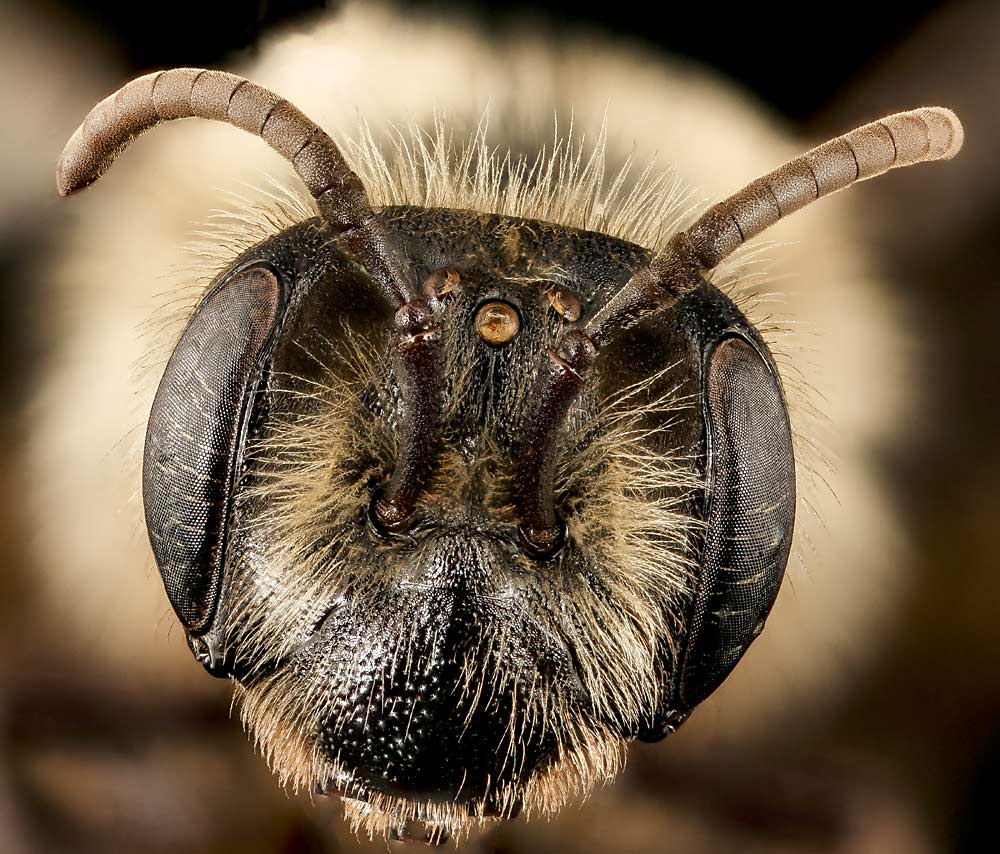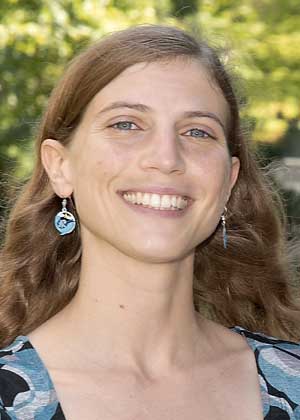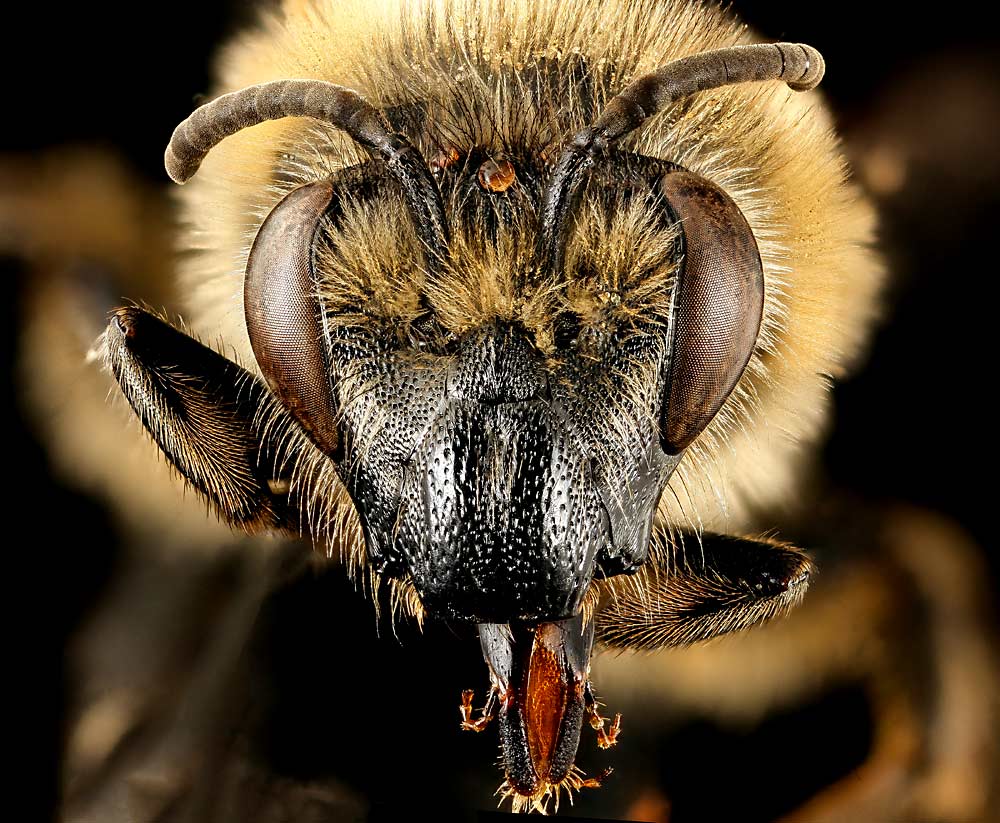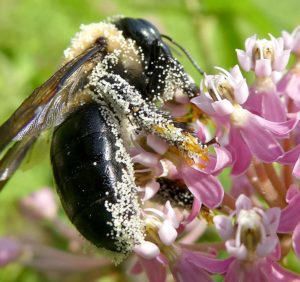
When it comes to pollination, diversity matters. Only over the past decade have studies illuminated that the value of wild bees to fruit pollination is measured in millions of dollars. Now research is showing that more wild bee species means more stable pollination in the long term, as active species shift throughout the bloom season and from year to year.
“For a fruit grower, that makes it important to have many different species — not just one or a few — because different ones might be important in different years, and you can’t really predict which,” said study co-author Rachael Winfree, professor of ecology, evolution and natural resources at Rutgers University.
“The bottom line is that you need more species if you’re thinking about the big picture and the long term,” she said. “And in growing perennial crops, including trees, growers are definitely in a long-term game.”
More bees, more pollination stability
Published in the journal Nature Ecology and Evolution, the study took an unusually close look at the changeover in pollinators over multiple years. That hadn’t been examined in this way previously, according to the article’s first author, Natalie Lemanski, who performed the analytics portion of the study as part of Winfree’s research group. (Lemanski is now assistant professor of biology at Ramapo College of New Jersey.)

“A lot of the previous studies have either looked at a snapshot, such as a single growing season, or if they have included multiple growing seasons, most studies have averaged the data across time (to determine) which bees are the most important pollinators of a crop. But my question was: Are you losing some information about the change over time if you’re just averaging?” she said.
As it turned out, the answer was yes.
For this study, the researchers looked at pollinators in two different crops: perennial blueberry, which has about a three-week bloom time, and watermelon, an annual that is planted in a staggered fashion for a longer overall pollination window. To gather the data, researchers not only identified wild bee species from the farms, but they also determined how much pollen the different species were transporting. Then, they could zero in on those that had a significant impact on fruit pollination. The study included a three-year data set collected from 16 blueberry farms in the eastern U.S., as well as three- and six-year data sets collected from watermelon farms in the western U.S. and eastern U.S., respectively.
Their results revealed the range of bee species needed to maintain a threshold level of crop pollination: The longer the time span surveyed, the more pollinator diversity they found. On the blueberry farms, the number of species needed for pollination increased by 21 percent for each additional year, which amounted to 47 percent more species when considering pollinators over a three-year period versus a single year. On watermelon farms, the number of needed species recorded over six years of the study was over 200 percent more than recorded in one year alone. In addition, the number of important pollinators didn’t level off by the end of the study periods, so Lemanski speculates that longer-term studies would likely uncover additional species that engage in pollination but didn’t appear within this study’s timespan.

The variation in pollinating bees can occur for many reasons, Winfree said. Day-to-day or hour-to-hour weather changes can affect which species take flight, and things such as bee diseases or a downpour flooding out in-ground nests can affect which species visit from year to year.
“Climate change can also make a difference in a variety of ways,” Winfree said. “One way is just through more extreme weather events that may favor certain species over others. In so far as it’s getting warmer, for example, southern or more warm-adapted species would be favored over northern, cool-adapted ones.”
As the bees’ environment becomes more variable, she added, increased diversity improves the odds that some species will remain active during bloom, so crops will still be pollinated.
One of the best ways to encourage a wide range of wild bee visitors is to make sure the farm has what they need.
“Bees need to eat, but they don’t disappear when they’re not feeding on our crops. They also need a place to live and have nesting sites, and different native bee species have different habitat requirements,” Lemanski said. For example, some require open habitats, forest edges or woody debris, “so diversity of habitat will also support diversity of bees.”
Lemanski hopes this study spurs other researchers to mount their own multiseason efforts.
“I think that’s a really big gap in the research, in that we need long-term data sets of the diversity of bees pollinating crops,” she said. “A few species may be there most of the time to provide pollination services, but in those years when they’re not, having more species is a bet-hedging strategy so you don’t risk under-pollination.”
—by Leslie Mertz







Leave A Comment